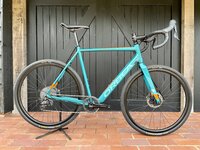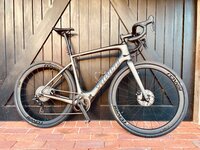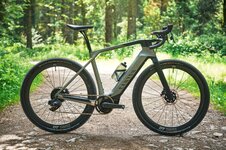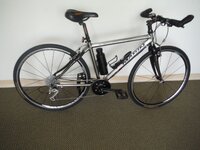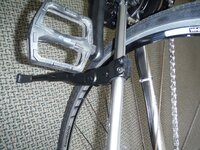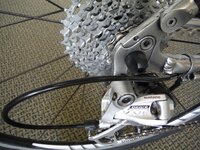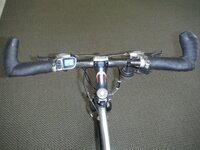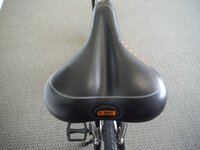Akrotiri
Well-Known Member
- Region
- Europe
I
I believe @Firnatine said the Vado SL is already converted to drop bar and wants to know if he should pull the trigger on it or look to purchase a standard flat bar Vado SL.I would think that putting drop bars on a Vado SL4 using a Ritchie Beacon would be a good way to go. This is a gravel drop bar with a very shallow 80 degree drop and 36 degree flair, probably the least drop of any handlebar. At only $50 it would not be a terribly expensive experiment. Of course there is the cost of new brake lever/shifters cabling and hose. This would give you a chance to see how the bike functions with a drop bar that would be easier to adapt to because of its more moderate drop and reach. Also it would be wise to use an adjustable angle stem which would help find the most comfortable ride position.
View attachment 82259
